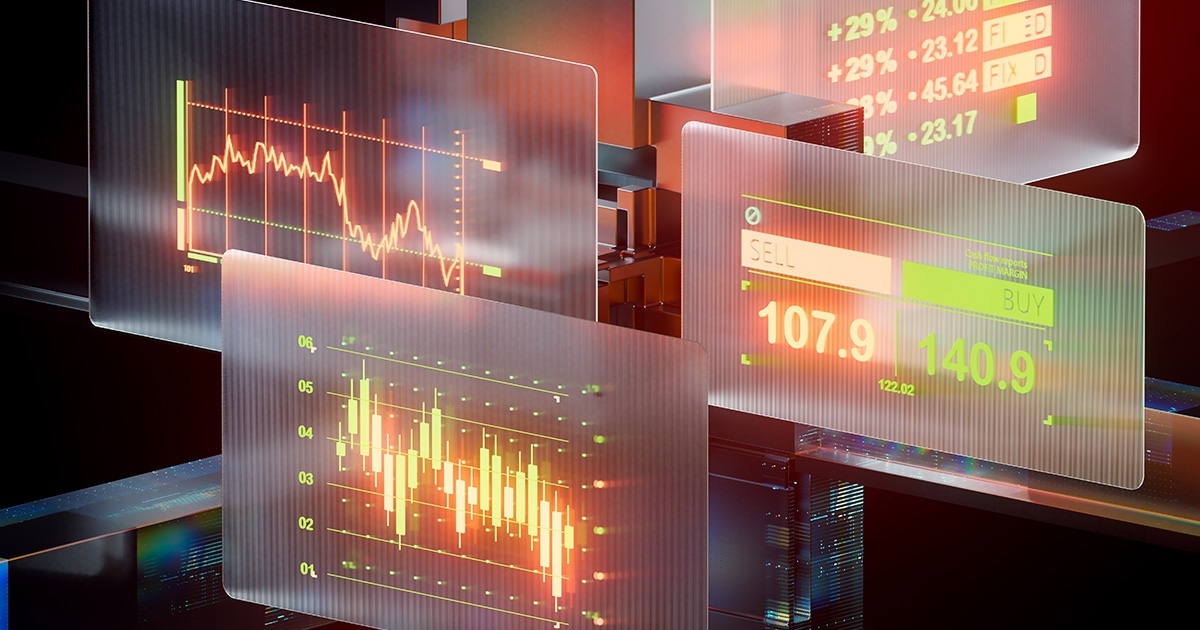HIMSS13's showfloor had no small number of dedicated medical tablets, some from big tech companies like Panasonic and Fujitsu and others from dedicated tablet companies like Motion Computing. Here's seven devices that were on display at the show, and one that was being shown off in Austin this week at SXSW. Some devices are enterprise tablets designed for a wide range of uses in manufacturing and retail, while others are truly dedicated medical devices.
Panasonic's Toughbook and Toughpad series

Some of Panasonic's devices -- like the 20-inch tablet the company announced at CES this year -- strain the definition of "mobile." Their products range from Toughbooks, which are convertible and weigh up to 8.2 pounds, to Toughpads which are more like traditional tablets. Both lines are fully rugged devices, according to the company. Panasonic also gives their customers operating system options of Windows 8 or Android devices.
Motion Computing's C5t

Motion has been in the healthcare tablet game since 2001, and Director of Product Marketing Kyle Sale told MobiHealthNews their strategy for staying relevant is to focus on providing solutions for the clinical workflow as it exists. Built-in features like a barcode scanner, a fingerprint scanner, and serial ports (which can connect to the legacy devices that abound in hospitals) are all selling points that fit in with that philosophy.
Fujitsu's Q702 and Q572

Mike Wright, a Staff Systems Engineer at Fujitsu, told MobiHealthNews that one of the company's strongest selling points is experience.
"We've been doing it forever, so we've gone through the trials and tribulations new vendors are just beginning to see," he said, citing heat resistance as a key point. Fujitsu offers a range of sizes from 10.1 inches to 13.3 inches, and all their products are assembled in the United States, something Wright said interests enterprise buyers, especially in the government sector.
Dell's Latitude 10

For Dell, security is a big focus.
"Our view is the first thing you have to think about is security and privacy," Chief Medical Officer Dr. Andrew Litt said. "If we don't protect patients' information, were gonna be in trouble -- not Dell, healthcare is going to be in trouble. [The Latitude-10] has a fingerprint reader on the back and a smart card reader, that's two-factor authentication." The tablet also features a swappable battery and multiple input options.
Motorola's E1 Enterprise Tablet

Motorola's big news at HIMSS was actually a handheld mobile computer called the MC40. But the company also markets an enterprise tablet in the healthcare space, their E1 Enterprise tablet. Motorola chooses to focus on the smaller sized tablets -- 7-inch screen devices that can fit into a large pocket. According to Motorola spokespeople at HIMSS, the company focuses its sales on nurses rather than doctors.
MioCare's A100, A105, Z100

One eye-catching, pocket-sized dedicated healthcare device option is the MioCare line of tablets. The company touts the built-in camera and microphone and carefully researched form factor. The company says on their website, the Z100 "was designed after extensive research into the correct width, height and weight for a device to be held in one hand."
Cybernet's CyberMed T10

Like Motion's C5t, the CyberMed T10 touts its range of connections and built-in and optional peripherals, including a smartcard reader, barcode reader, and RFID reader. The tablet is also waterproof, covered in antimicrobial coating and designed to be mounted on to walls and carts when not being carried around.
ConnectedHealth's Secure Medical Tablet

ConnectedHealth, which just announced a new Remote Nursing Manager timed with SXSWi in Austin, also makes a dedicated tablet that runs Android. ConnectedHealth's tablet is designed for nurses working in nursing homes and it can interact with a number of connected devices, supporting WiFi, 3G, Bluetooth, and NFC via Continua Health Alliance protocols.
MobiHealthNews coverage of the HIMSS13 event in New Orleans is sponsored by AirStrip Technologies.


